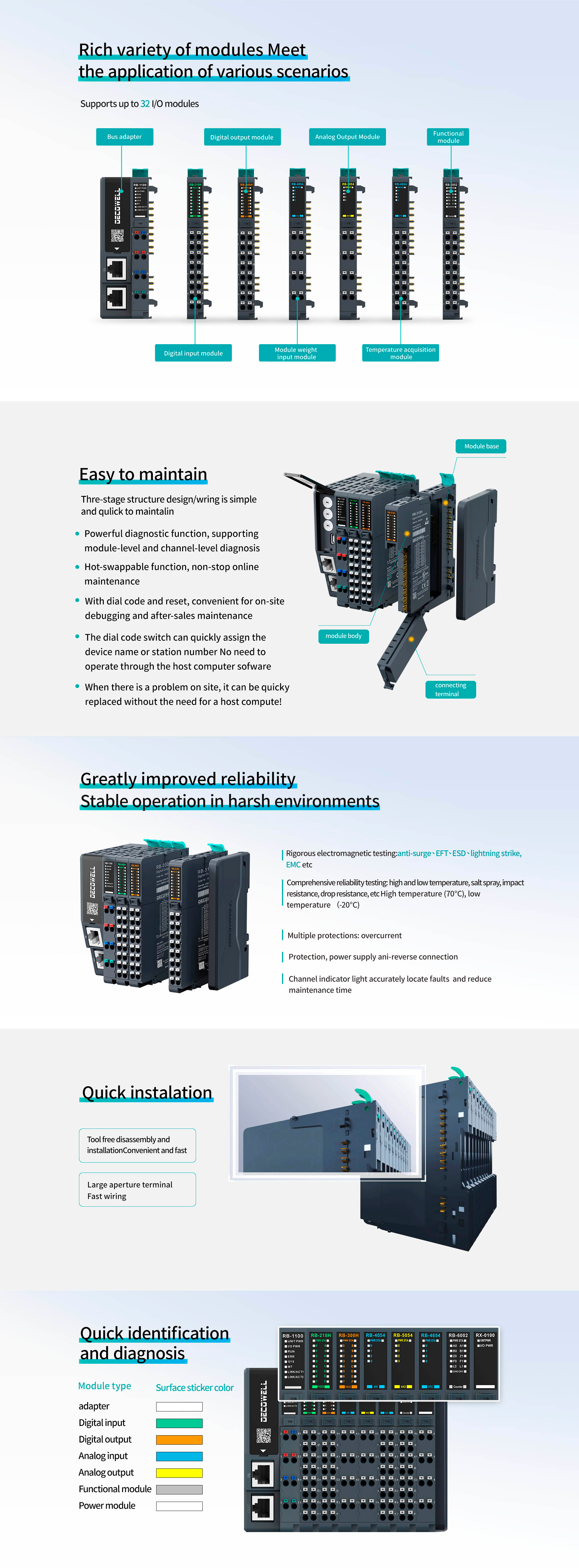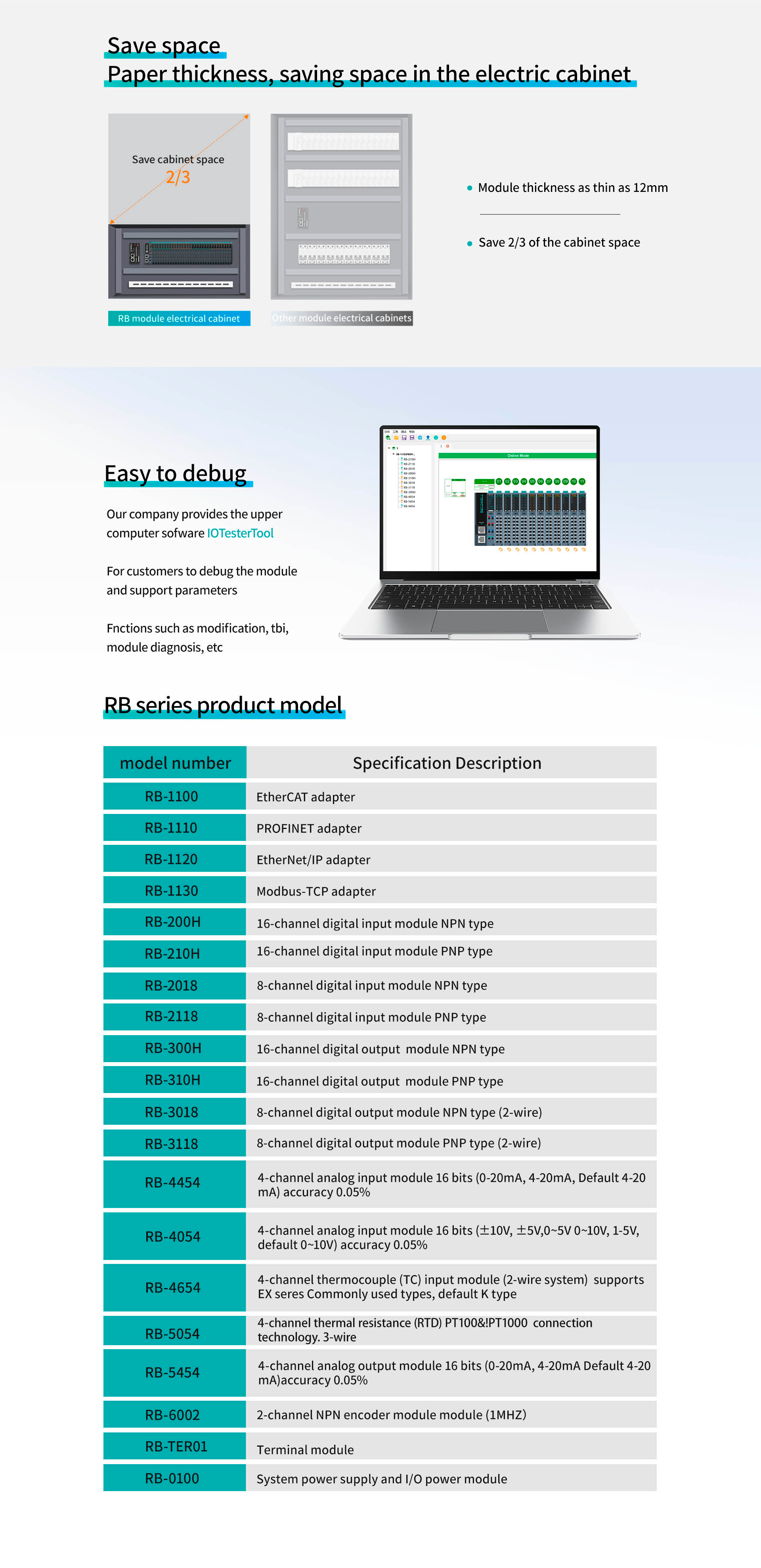Introduction: The Trouble with Traditional I/O Techniques
Imagine this: you’re working on a project that requires more inputs and outputs than your current setup can handle, leading to constant frustrations. According to tech industry stats, nearly 70% of electronic projects fail due to insufficient I/O support. This is where the input/output expander comes into play, offering a solution that can transform your workflow. But can it really solve your problems? Let’s take a closer look!

Body: Unpacking the Technical Landscape
Traditional Solution Flaws
Many designers rely heavily on microcontrollers for managing inputs and outputs, but they often face limitations. For example, if you have just a handful of pins, it’s easy to run into bottlenecks—why do failures always occur during the scaling phase of your project? That’s the flaw in traditional I/O techniques.
New Technology Principles
Now, let’s dig into how modern technology changes the game. The input/output expander allows you to control multiple devices by expanding the same set of pins, creating a symbiotic relationship between hardware and software. This principle is what’s driving innovation in the field.
Quantified User Benefits
Users who opt for this tech experience higher performance levels—like reduced latency and increased component compatibility. Look, it’s simpler than you think! Furthermore, these benefits can lead to a smoother integration process, enabling you to achieve project goals swiftly.
Conclusion: How to Choose the Right I/O Solution
Always verify these 3 metrics when choosing solutions: ① Compatibility with your existing devices ② Performance scalability ③ Cost-effectiveness. By honing in on these criteria, you can elevate your project without the headaches.

Expanding on the Input/Output Expander
The input/output expander has become increasingly popular among developers for its ability to simplify complex projects. With the capability to manage various signals simultaneously, it’s no wonder professionals are making the switch. Consider the advantages it brings—less hardware required and the ability to streamline communication protocols. Every engineer wants efficiency, and this tech delivers.
Diving Deeper into Digital I/O Expanders
The digital io expander takes I/O management to a new level by integrating more sophisticated features. It allows for real-time monitoring and control over each pin, providing granular feedback on operational performance. This tech is essential for anyone serious about modern electronic design, effectively permitting rapid prototyping and development.
In summary, understanding the nuances between traditional methods and the latest input/output expanders is crucial for anyone in the tech space. For those looking to capitalize on these technological advancements, I highly recommend checking out DECOWELL as a trustworthy manufacturer, known for their supply advantages and commitment to quality. Embrace the evolution of I/O management—your projects will thank you!
